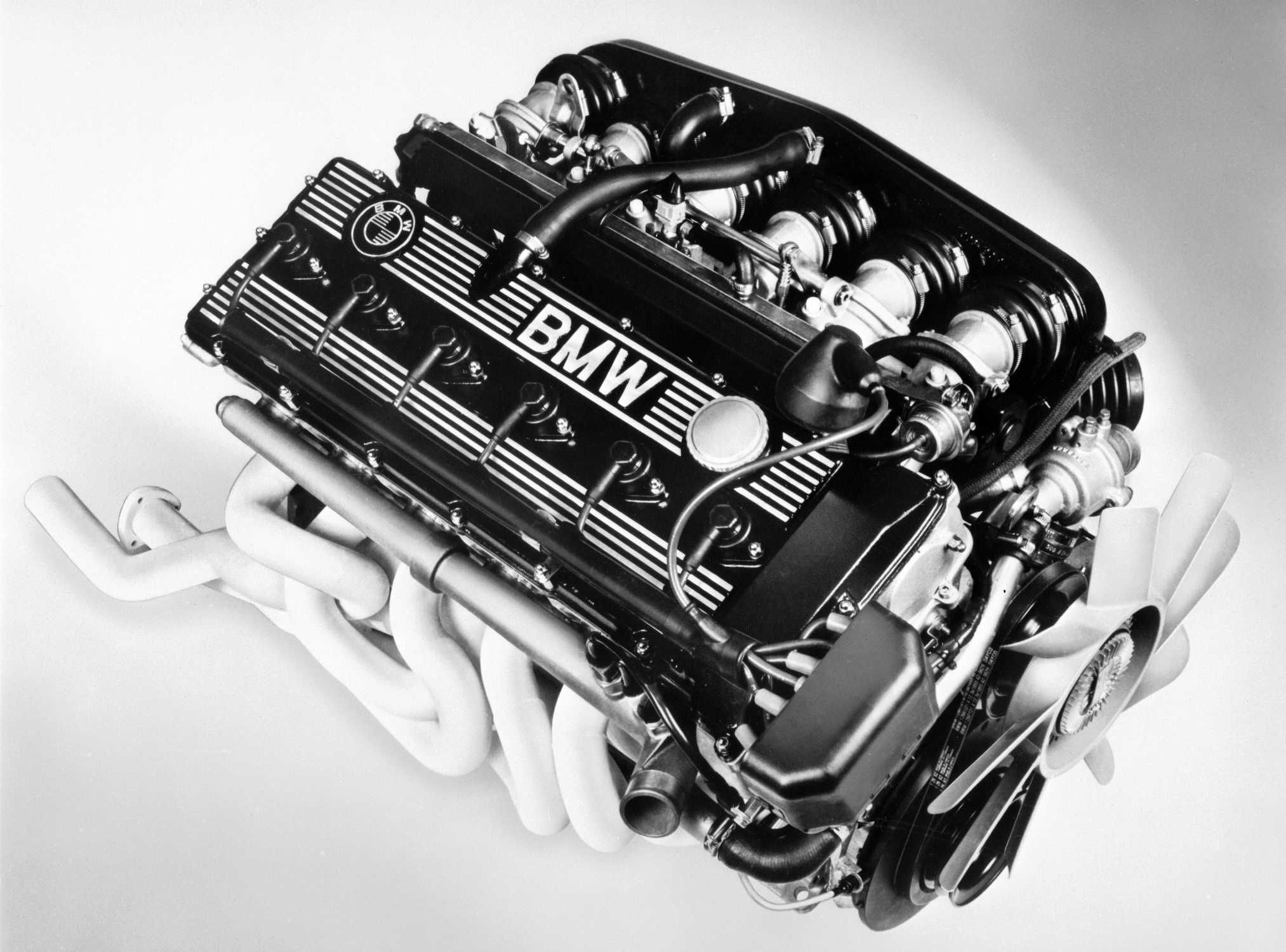The Duty of BMW Engine Style in Achieving Exceptional Fuel Effectiveness
The Duty of BMW Engine Style in Achieving Exceptional Fuel Effectiveness
Blog Article
Checking Out the Advancement of Burning Engines in Modern Transportation Equipments
As we navigate the landscape of modern-day transportation, the advancement of burning engines stands as a testimony to human resourcefulness and engineering expertise. The interaction of background, innovation, and ecological worries in forming the trajectory of combustion engines creates a story that is both compelling and informative.
Early Beginnings of Combustion Engines
Exactly how did the idea of burning engines initial emerge in the very early stages of transportation advancement? The origins of combustion engines can be traced back to the 17th century when the concepts of interior burning were first checked out.
The development minute included the invention of the initial successful gasoline-powered engine by Karl Benz in 1885 - bmw engine. This engine paved the way for the advancement of the contemporary auto, revolutionizing transportation systems worldwide. Succeeding technologies by Nikolaus Otto and Gottlieb Daimler additionally refined burning engine modern technology, causing the mass manufacturing of autos and the rapid expansion of the transport sector
These early burning engines were characterized by their simpleness and effectiveness, laying the foundation for the facility and effective engines utilized in contemporary transportation systems. The advancement of combustion engines has contributed in shaping the method we travel and transport goods, noting a significant turning point in the background of transportation development.
Change to Internal Burning Technology
The change to internal burning technology marked a pivotal shift in the development of transport systems. This change began in the late 19th century, with inventors like Nikolaus Otto and Gottlieb Daimler creating the very first effective inner burning engines. These engines reinvented transportation by offering an extra effective and powerful option to vapor engines and electric motors.
One of the vital advantages of internal burning engines was their ability to be scaled down to fit into lorries, leading to the development of bikes and automobiles. This change from bulky, stationary engines to small, mobile ones led the way for the contemporary transport systems we see today.
The transition to inner combustion modern technology also stimulated innovations in gas technology, resulting in the growth of gas and diesel as main gas resources for automobiles. This shift not just made transportation more available to the masses but additionally laid the foundation for the oil and gas industry to become integral to international economic climates.
Impact of Combustion Engines on Transport
The adoption of burning engines in transportation systems catalyzed a profound shift in the effectiveness and speed of global wheelchair. Burning engines reinvented transport by giving a flexible and trustworthy source of power for various vehicles, including cars, trucks, aircrafts, and ships. This technology significantly improved the ability for individuals and products to move over fars away in much shorter time frames, resulting in boosted connection between regions and countries.
Additionally, the widespread use burning engines has actually had a substantial effect on economic development. The capability to move goods effectively has spurred trade and commerce, permitting businesses to expand their markets and get to consumers worldwide. This has helped with economic growth and globalization, as items can now be transported much faster and in bigger quantities than ever in the past.
Nonetheless, the environmental effect of burning engines can not be forgotten. The combustion of nonrenewable fuel sources has actually resulted in air pollution and greenhouse gas discharges, contributing to climate modification and posturing health and wellness dangers to populaces. bmw engine. Therefore, there is an expanding emphasis on establishing alternative propulsion innovations to mitigate these negative results and develop a much more lasting future for transport
Technologies in Combustion Engine Style
One notable advancement is the advancement of turbocharged engines, which make use of exhaust gases to drive a generator that presses inbound air, enabling for even more gas to be burnt, resulting in increased power result without a considerable increase in engine size. Variable shutoff timing systems have actually additionally transformed engine design by maximizing airflow at various engine rates, enhancing both power and Full Report effectiveness. These advancements jointly add to the continual improvement of combustion engines in modern-day transportation systems.
Future Trends in Burning Engine Development
With innovation innovations driving continual innovation, the future of burning engine growth is poised to revolutionize transportation systems worldwide. One of the crucial fads in combustion engine development is the press towards better effectiveness and reduced discharges.
Another prominent trend is the adoption of crossbreed technologies in combustion engines. Crossbreed engines combine traditional burning modern technology with electrical power, supplying boosted gas effectiveness and lower discharges. As the automobile market shifts in the direction of electrification, crossbreed burning engines are seen as a transitional option that bridges the gap in between standard cars and fully electrical ones.
In addition, the combination of wise technologies, such as artificial intelligence and data analytics, get redirected here is anticipated to play a substantial role in the future of burning engine advancement. These modern technologies can enhance engine performance in real-time, causing more effective combustion procedures and enhanced general vehicle performance. Welcoming these future trends will certainly not only drive technology in burning engine advancement however additionally add to a more environmentally pleasant and sustainable transportation ecosystem.

Final Thought
In final thought, the advancement of combustion engines in modern-day transportation systems has been noted by considerable developments in innovation and style. From the very early starts of burning engines to the change to inner combustion innovation, these engines have had an extensive effect on transport.
The origins of burning engines can be traced back to the 17th century when the concepts of interior combustion were initial discovered. These engines transformed transport by using a more effective and effective alternative to heavy steam engines and electric motors.

Report this page